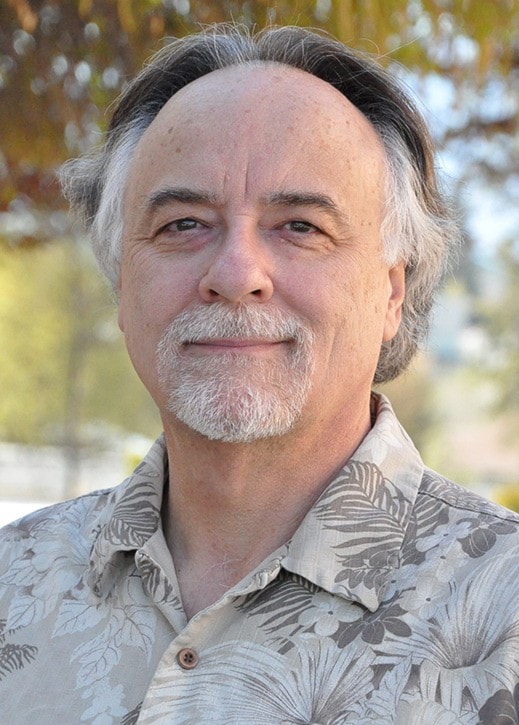When I took my seat in Prince Charles Auditorium last Wednesday my first thought was, where are all the parents? I had received notices from a couple of sources that the evening would be worth attending and I am sure they did, too. If you are among those who took a pass, I recommended going to Youtube and searching for Jesse Miller’s presentations, or going to his web site at www.mediatedrealilty.com. It is worth the effort.
For many years, Jesse Miller has been at the forefront in teaching others—students, teachers, police, businesses and governments—about social media and its impact on life.
“I don’t have an answer about what you should do at home,” he said early in his presentation. That got my attention, because it’s all to easy to put up a list of dos and don’ts on a screen and provide parents with tips about the dangers associated with kids and social media. But Miller is a parent too, and he knows full well that there is more value in talking with your children and in making endless rules.
“Start conversations with your children,” he said. I was heartened to learn that there are actually schools in this province that don’t allow any cell phone use inside. When cell phones started to be put in the hands of kids I thought it was a no-brainer (admittedly, thinking that anything is a no-brainer makes it a non-starter). Schools should be no-wifi zones, I thought. The technology to make it impossible to get cell phone service should not be difficult, I argued.
It turns out that the technology isn’t the problem. Parents are. Teachers might have wanted to keep their students disconnected and focused on what was going on in the classroom. But it was parents who put the kibosh on any suggestion that their kids should not be out of touch at any time. The arguments were many and varied, but most were as vacuous as they were vocal. After all, this technology had been unavailable to past generations and somehow each one managed to survive to reproduce, all without those wonderful tools/invasive gadgets.
Miller told a story about a school that had no wifi, and about hearing from a proud teacher that her students were out in the playground in recess. He took a walk out into the schoolyard and found a large cluster of kids gathered beneath a tree. They had discovered a neighboring residence had an unsecured wifi connection and were using it to do what we all do with cell phones—mostly nothing. “Hi, what are you doing? Where are you?”
Miller’s big caution was that parents need to have conversations with their kids—face to face, and not through texts—about what happens with information they put up on social media sites.
“I’m concerned about the child who thinks their best friend will keep their content secret,” he said. He showed a photo of a college graduation ceremony, taken nearly 20 years ago. It showed, among rows of robed and capped grads, a side shot of a young woman playing on a Gameboy device, which she cleverly “hid” with a straw hat on her lap. That photo made its way into a university publication and later became an Internet sensation. It changed that woman’s life—she had trouble getting jobs in her chosen field and she became widely famed for being the grad with the Gameboy.
Employers search social media profiles of job applicants before they even get interviews. An inappropriate photo or comment, no matter how old and out of context, can put up barriers without applicants having any idea why they didn’t get an interview, let alone the job. Miller put up a list of potential searchers of digital information. Boyfriends or girlfriends, or potential boyfriends or girlfriends. What better way to get to know more about someone than to check their Internet presence. Boyfriends’ or girlfriends’ fathers and mothers. What happens when they come across that half-nude selfie you sent out when you were 15?
The problem, of course, is that once the Send button is hit, the contents of a message are out of the hands of the sender and into pretty much anyone. There is no Recall button.
I left the presentation with that uneasy sense of gratitude that my sons are now adults and I don’t have to take direct responsibility for what my grandchildren will do as they grow into a world where silly mistakes get blown up into life-changing disasters, all with a click of the Send button.
“Who here has a child that texts you from another room?” Miller asked. “Make them talk to you.”
Talk to your kids. And listen to them. It’s an important message.
Thanks to the agencies that participate in Shared Care—Partners for Patients, East Kootenays, for bringing Miller to Creston. As Miller also said, “Social media is here. It’s not going away. It’s not a passing fad.”
